Get Muscled w/ the Ancient Secret to Building Strength: Lessons from Milo of Croton
Two thousand five hundred years ago, in the Greek colony of Croton in southern Italy, a young wrestler discovered a training method so effective it would become legendary. His name was Milo, and his simple yet profound approach to building strength remains the foundation of every successful training program today.
The story goes that one morning, Milo encountered a newborn calf grazing alone near the edge of the woods. Concerned for its safety, he lifted the small animal and carried it back to the herd. The next day, he returned and carried the calf again. And the day after that. And every single day for the next four years.
As the calf grew into a full-grown bull, Milo grew alongside it. What started as a sixty-pound lift became hundreds, then thousands of pounds. By consistently carrying an ever-increasing load, Milo transformed himself into the most dominant wrestler of ancient history, winning six Olympic championships and over 30 wrestling competitions across the major Greek games.
The Principle Behind the Legend

What Milo discovered through his daily practice is what we now call Progressive Overload, the fundamental principle underlying all strength and fitness training. Simply put, progressive overload means gradually increasing the demands placed on your body over time. Your muscles adapt to the stress you place on them, but only if that stress continues to increase incrementally.
Think about it: if Milo had tried to lift a full-grown bull on day one, he would have failed miserably. If he had only lifted the calf once and never returned, he would have gained nothing. But by showing up every single day and lifting a weight that was just slightly heavier than the day before, he gave his body the perfect stimulus for adaptation and growth.
This is not just ancient wisdom. It is the scientific reality of how human physiology works. Your body is remarkably efficient at adapting to stress, but it needs three things: consistency, gradual progression, and adequate recovery.
Getting MuscleD: Progressive Overload in Action

At Muscle D Fitness, we call this approach "Getting MuscleD," and progressive overload is one of the core principles that makes it work. Getting MuscleD is not about lifting the heaviest weight once or pushing yourself to exhaustion in a single workout. It is about building sustainable strength through intelligent progression over time.
Whether you are training in a commercial gym, a specialty studio, or your home fitness space, the principle remains the same: consistent, measurable progress beats sporadic heroic efforts every time. Our equipment is designed to support this philosophy, providing the stability, biomechanical precision, and durability you need to track your progress and safely increase your training load week after week, month after month.
Progressive overload is the engine that drives results. When you Get MuscleD, you are committing to the same patient, disciplined approach that made Milo a legend.
Understanding Training Load and Workout Density

To apply Milo's method to your own training, you need to understand two key concepts: training load and workout density.
Your training load is the total amount of weight you lift during a resistance training session. The formula is simple:
Training Load = Sets X Reps X Weight
For example, if you perform 3 sets of 10 reps with 25 pounds, your training load for that exercise is 750 pounds. This number gives you a concrete way to measure your progress from workout to workout.
Workout density is the amount of work you complete in a specified time frame. If your resistance training session takes 40 minutes and you complete a training load of 5,000 pounds, that is your workout density for the day. The beauty of tracking density is that it reveals another dimension of progress: efficiency. As you get stronger and more conditioned, you need less rest between sets, allowing you to complete more work in less time.
Four Ways to Progress Like Milo

Just as Milo's calf grew a little each day, your training should progress in small, measurable increments. Here are four proven methods:
1. Decrease Rest Time
The first and often overlooked form of progression is completing the same workout in less time. If last week's session took 40 minutes and this week you finish it in 38 minutes with the same sets, reps, and weight, you have increased your workout density. This is real, measurable progress that demonstrates improved conditioning and work capacity.
Always maintain proper form. If decreasing rest time causes your technique to break down, you are moving toward injury, not progress.
2. Increase Sets
Adding an additional set to each exercise is a straightforward way to increase your training load. Moving from 3 sets of 10 reps at 25 pounds (750-pound load) to 4 sets of 10 reps at 25 pounds (1,000-pound load) represents a 33% increase in volume for that exercise.
3. Increase Reps
Increasing the number of repetitions per set is another effective progression method. Taking that same 3 sets at 25 pounds from 10 reps (750-pound load) to 12 reps (900-pound load) to 15 reps (1,125-pound load) creates significant additional training stimulus.
4. Increase Weight
The most traditional form of progression is adding weight to the bar. Moving from 3 sets of 10 reps at 25 pounds (750-pound load) to 30 pounds (900-pound load) to 35 pounds (1,050-pound load) directly increases the challenge to your muscles.
A 12-Week Progression Plan

Results come from making progress in multiple ways over time. Here is a simple 12-week progression sequence that mirrors Milo's approach and embodies the Getting MuscleD philosophy:
Weeks 1-2: Focus on exercise proficiency and form. Master the movements with manageable weight.
Weeks 3-4: Complete your workouts in progressively less time. Reduce rest periods while maintaining quality.
Weeks 5-6: Increase sets from 3 to 4, then to 5 sets per exercise.
Weeks 7-8: Increase reps from 10 to 15, then to 20 reps per set.
Weeks 9-10: Focus on completing the higher volume workout in less time.
Weeks 11-12: Return to 3 sets of 10 reps but add 5-10 pounds to each exercise.
This approach alternates between increasing workout density (time-based progress) and increasing training load (volume and weight-based progress). This variation allows your body to adapt in different ways while consistently moving forward.
The Three Core Principles from Milo's Story

Beyond the mechanics of sets, reps, and weight, Milo's legend teaches us three essential principles that apply to anyone pursuing strength and fitness:
Start Light and Focus on Volume
Milo did not try to lift a full-grown bull on day one. He started with a newborn calf, a weight that was almost laughably easy for him. This is one of the most important yet most ignored principles in training.
Your nervous system must feel safe before it allows you to build significant strength. Failing repeatedly under heavy loads puts your brain into survival mode, which actually inhibits muscle growth and strength gains. Starting with weights that feel too light and building volume through consistent repetition creates the neurological foundation for rapid progress later.
The legendary Soviet weightlifting teams of the 1950s and 1960s understood this. They often lifted the same load for months at a time, building enormous volume and technical proficiency. When they finally increased the weight, they made massive leaps because their bodies were primed for growth.
Never Miss Workouts
Milo's method only worked because he showed up every single day. If he had carried the calf once per month, the animal would have grown too large and Milo too little. Consistency is everything.
Many people approach fitness like they are trying to pick up a bull once or twice per year, usually around New Year's or just before summer. They exercise intensely for a few weeks, then disappear for months. This approach guarantees failure.
The winning strategy is to start with something so easy you cannot say no to it, then repeat it often and improve slowly. Small, consistent actions compound into remarkable results.
Increase in Tiny Increments
Every day, Milo's calf grew just a little bit. An ounce here, a pound there. These tiny gains added up to massive weight over time.
Could you squat one more pound this week than you did last week? Almost certainly. If you added just one pound per week for two years, you would be squatting 100 pounds more than you are today. How many people do you know who have made that kind of progress in two years? Very few, because most people chase dramatic changes instead of embracing small, sustainable improvements.
Tiny gains add up fast. Trust the process.
The Tragic End and the Timeless Lesson
Milo's story ends, as all Greek legends do, in tragedy. Late in his life, while walking through the woods, he encountered a tree trunk that had been partially split by a woodcutter. Seeing an opportunity to test his legendary strength, Milo thrust his hands into the cleft and attempted to tear the trunk completely apart.
The wedge fell out. The trunk closed around his fingers, trapping him alone by the edge of the woods, unable to defend himself against the wolves that hunted there. According to historical accounts, his partially devoured remains were found by that stump.
The lesson is not about the danger of hubris, though that interpretation exists. The deeper lesson is about the nature of strength itself. Milo spent years building his power through patient, progressive effort. Strength is not built in a day, and it cannot be demonstrated through reckless displays. It is the product of disciplined, consistent work over time.
Your Path Forward: Get MuscleD
Milo of Croton lived 2,500 years ago, but his method remains as effective today as it was in ancient Greece. Whether you are a complete beginner or an experienced athlete, the principle of progressive overload is the foundation of your success.
This is what it means to Get MuscleD. It is not about ego lifts or Instagram-worthy moments. It is about showing up consistently, tracking your progress, and making small improvements that compound into extraordinary results over time.
Start light. Show up consistently. Increase the challenge in small, measurable ways. Track your training load and workout density. Trust that tiny improvements compound into extraordinary results.
You do not need to carry a bull to build remarkable strength. You just need to follow the method that Milo discovered all those centuries ago: show up every day and lift a little more than you did yesterday.
The calf becomes a bull. The novice becomes a champion. One day at a time.
That is how you Get MuscleD.
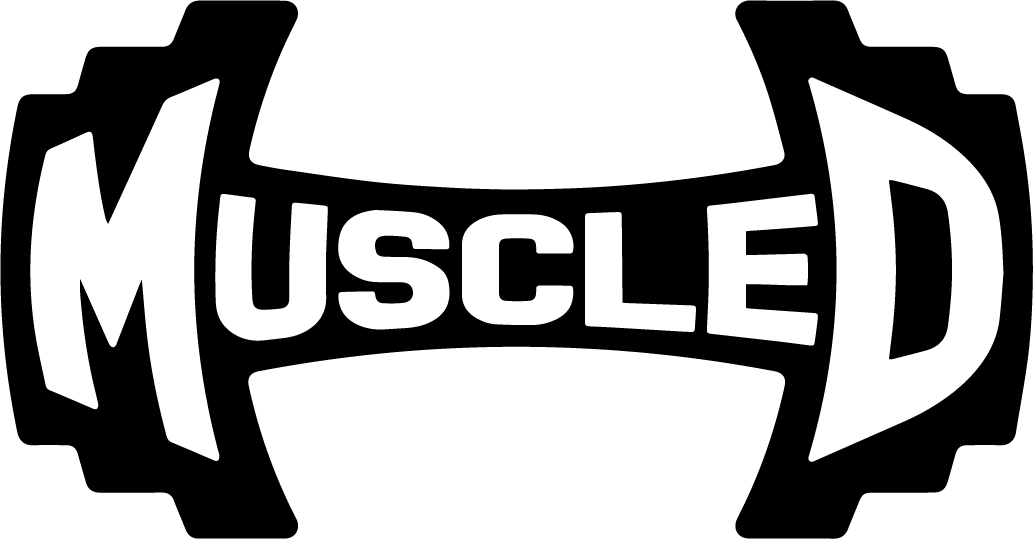













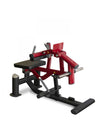


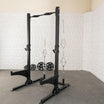














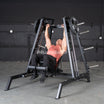
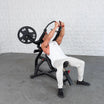
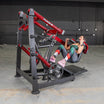











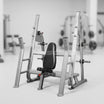



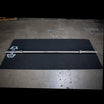

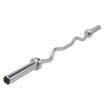
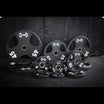
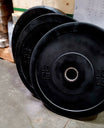

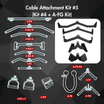




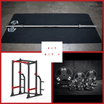

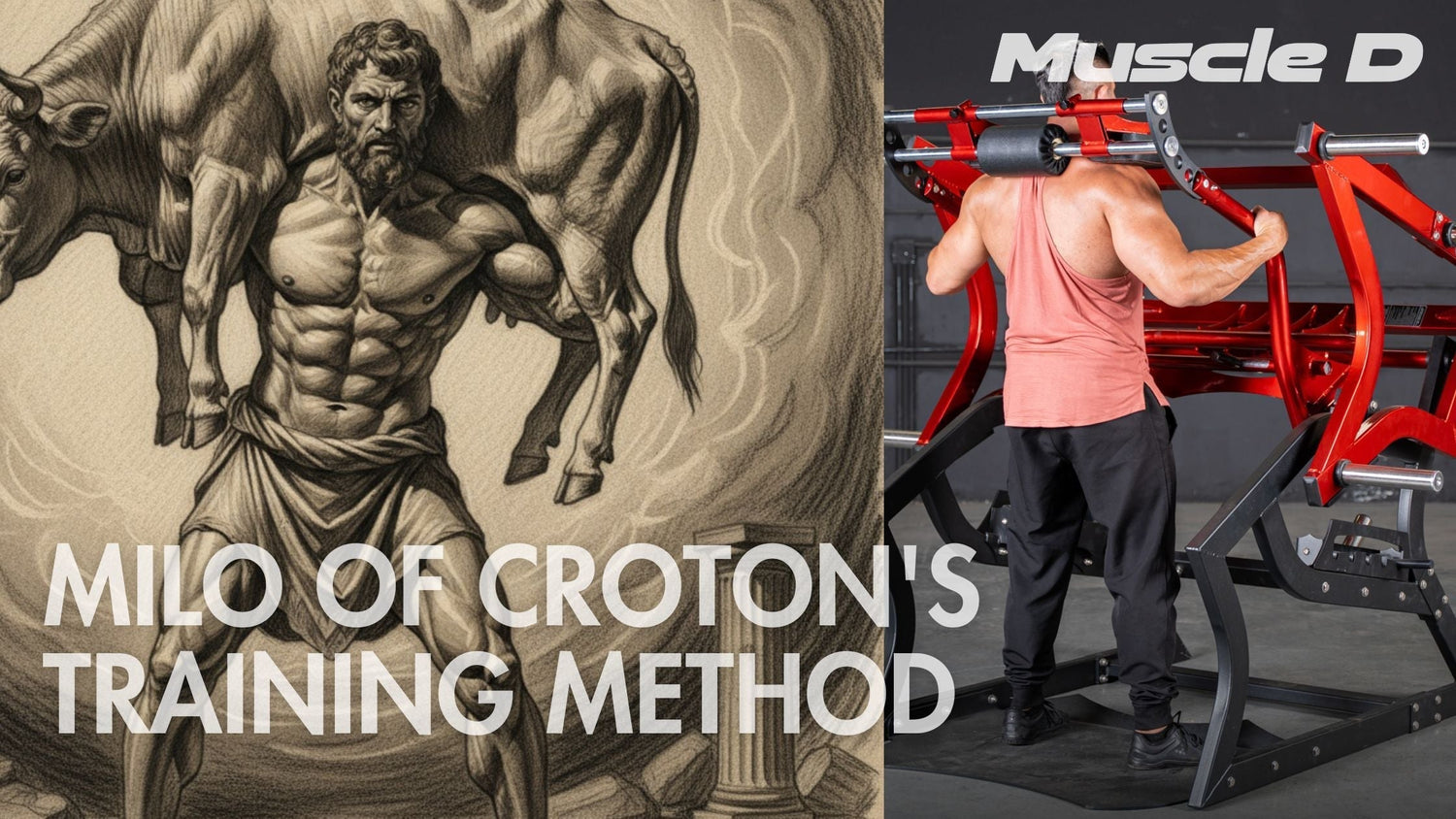
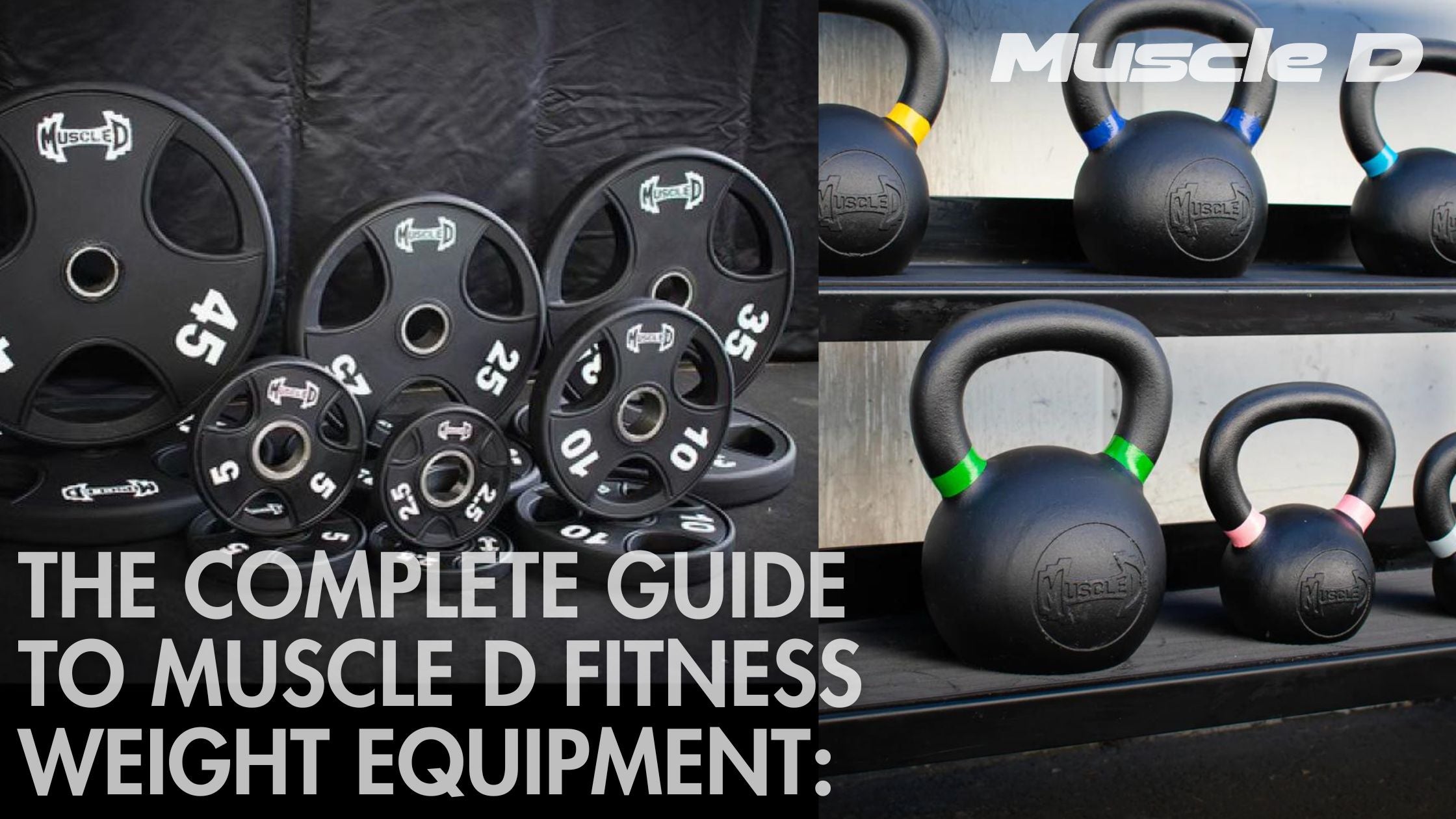


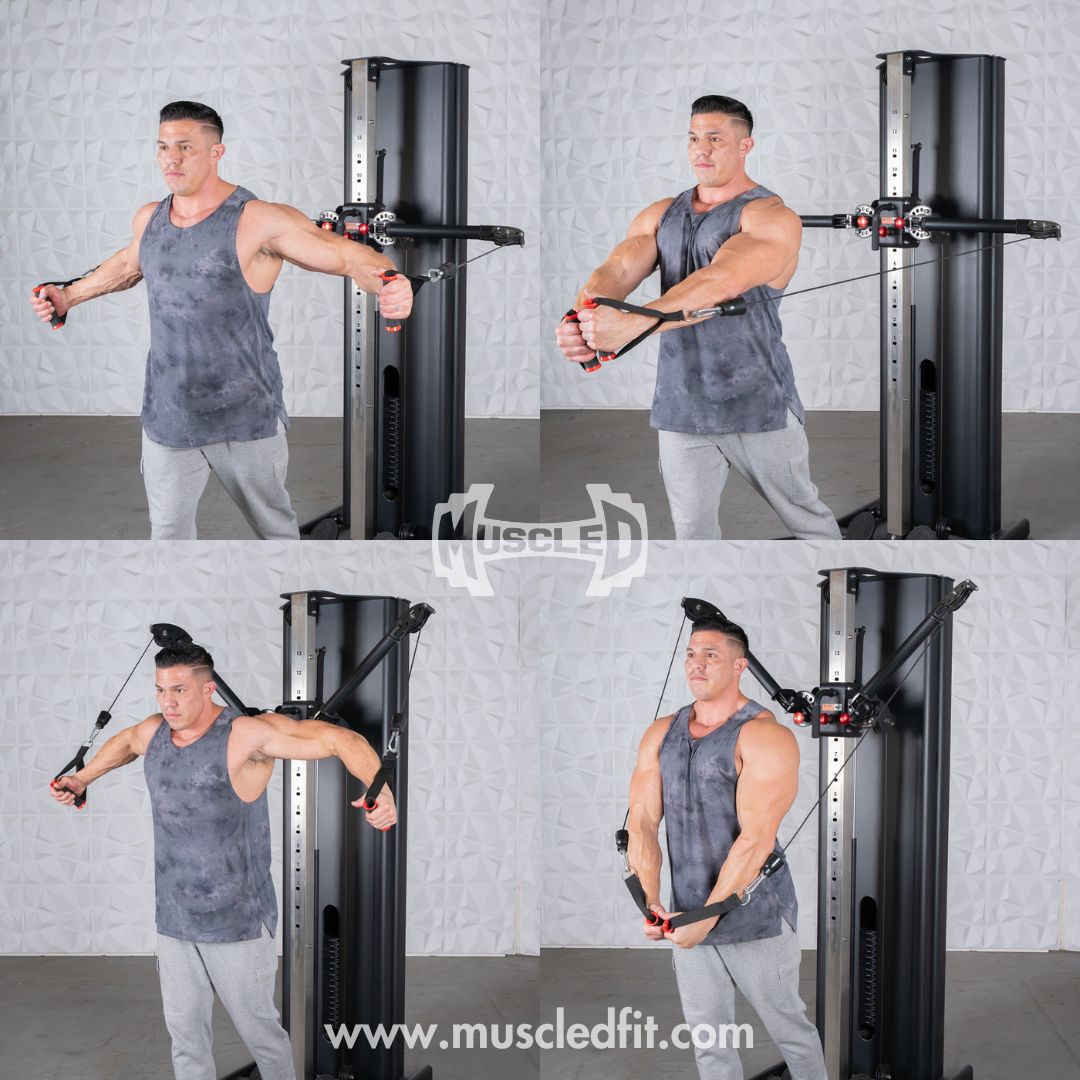
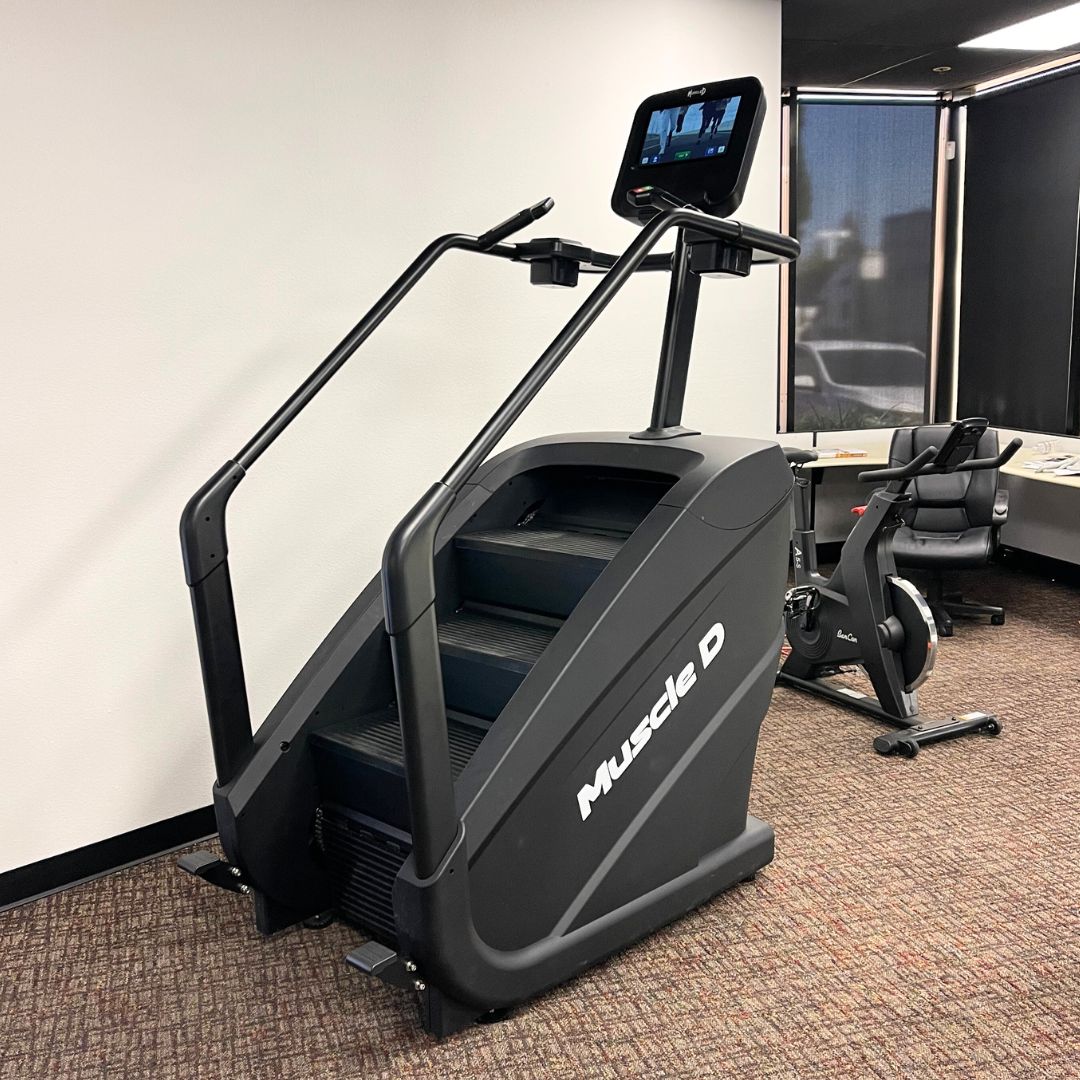
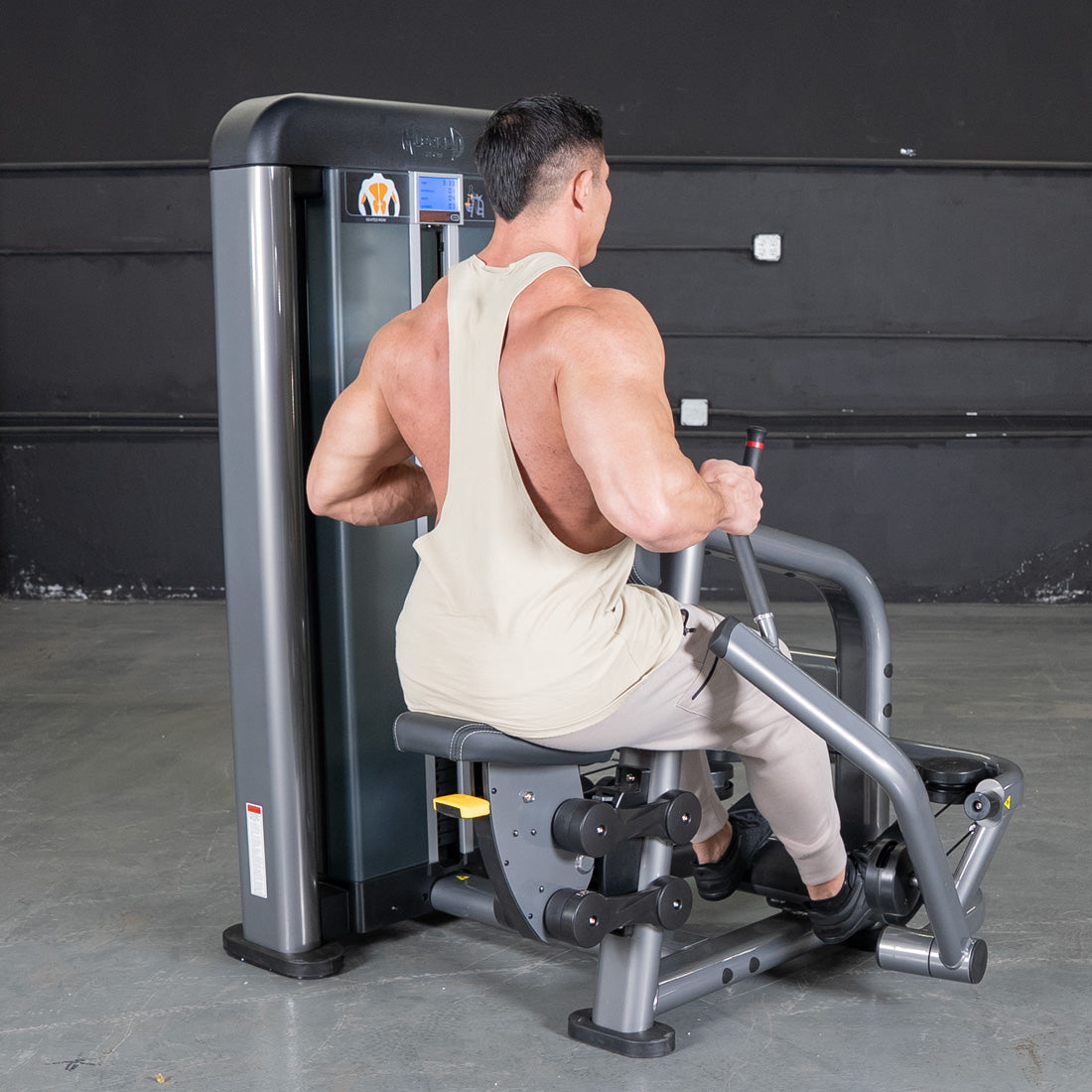
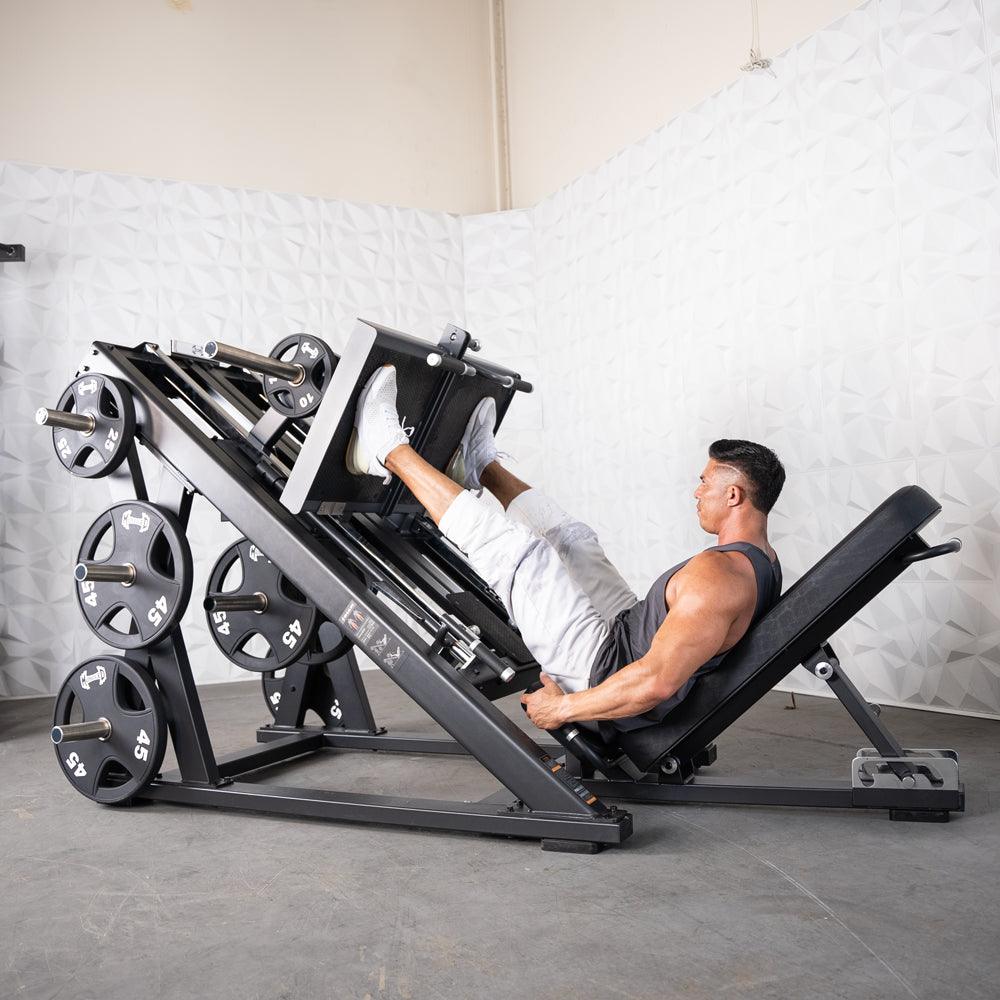
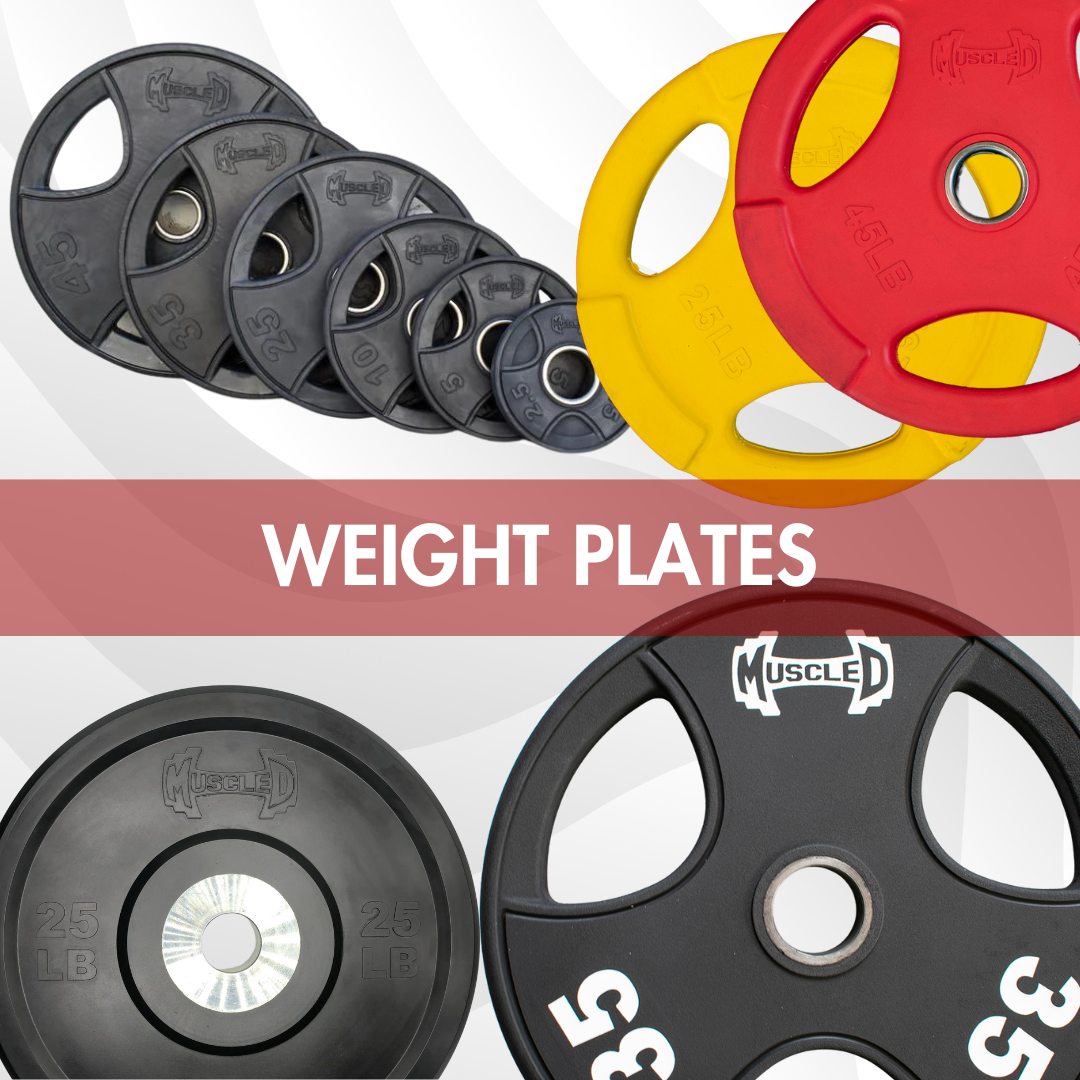
Leave a comment
All comments are moderated before being published.
This site is protected by hCaptcha and the hCaptcha Privacy Policy and Terms of Service apply.